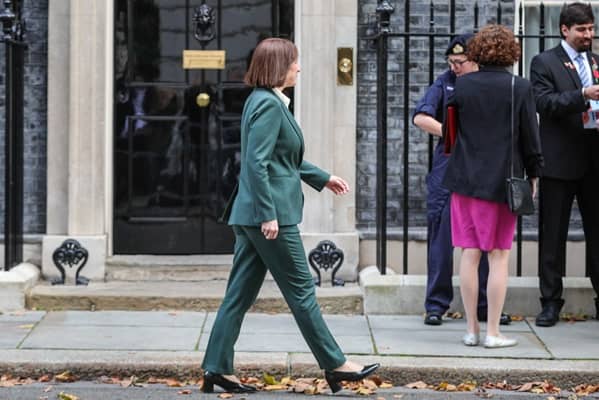Bussiness
How will gold be affected by varying economic indicators? – London Business News | Londonlovesbusiness.com

Gold prices fell in the early hours of Wednesday, trading at $2,329 as the market absorbed comments from Federal Reserve Chairman Jerome Powell at the European Central Bank Forum in Portugal.
Powell adopted a somewhat dovish stance, but U.S. Treasury yields remained steady.
The U.S. dollar fluctuated but stayed within normal levels. Powell commented on resuming the process of reducing inflation but indicated he wanted to see more evidence of continued inflation slowdown before cutting interest rates.
U.S. job data revealed that job openings unexpectedly rose above estimates, reflecting the strength of the labour market despite the high interest rates set by the Fed between 5.25% and 5.5%.
More data is expected on Wednesday, including the minutes of the Federal Open Market Committee (FOMC) meeting and the S&P Global Services PMI. U.S. markets will be closed on Thursday for Independence Day.
By Friday, markets will be awaiting the non-farm payroll report for June, which is crucial for determining the inflation trajectory and subsequent rate-cut decisions.
In my opinion, the markets overlooked the positive close on Wall Street yesterday. Additionally, the Chinese services PMI came in weaker than expected, raising economic growth concerns and hurting local stock sentiment. I believe this negative shift helps limit the decline of the U.S. dollar while keeping gold prices slightly weak.
I think the downside for gold prices remains limited as U.S. Treasury yields continue to be influenced by Fed Chairman Powell’s comments at the ECB Forum on Central Banking in Sintra. The benchmark 10-year U.S. Treasury yield fell to 4.43% after a streak of its biggest daily gains at the start of the week. Despite welcoming recent inflation data, which indicates a deflationary trend, Powell quickly added that he wants to see more before gaining enough confidence to start cutting rates.
As a result, markets slightly increased their expectations for a rate cut in September after Powell acknowledged progress in reducing inflation, taking his comments as a signal for upcoming monetary easing. Currently, markets see a 67% chance of a Fed rate cut in September, slightly up from around 63% before Powell’s remarks.
From my perspective, renewed dovish Fed expectations may continue to support gold demand, as the latest World Gold Council report showed central banks buying 10 tons of gold in May. The report mentioned that the National Bank of Poland was the largest gold buyer in May, adding 10 tons to its reserves.
Attention now turns to the ADP employment change report in the U.S. after the JOLTS job openings survey yesterday showed that job openings rose to 8.14 million at the end of May, up from 7.92 million in April. ADP data is expected to show an increase of 160,000 jobs in the U.S. private sector last month, compared to an increase of 152,000 jobs in May.
In my view, gold prices will remain in a clear sideways trend until the release of the Fed’s monetary policy meeting minutes on June 11-12, which may shed more light on the central bank’s outlook on interest rates and inflation, significantly impacting the U.S. dollar and gold prices.










